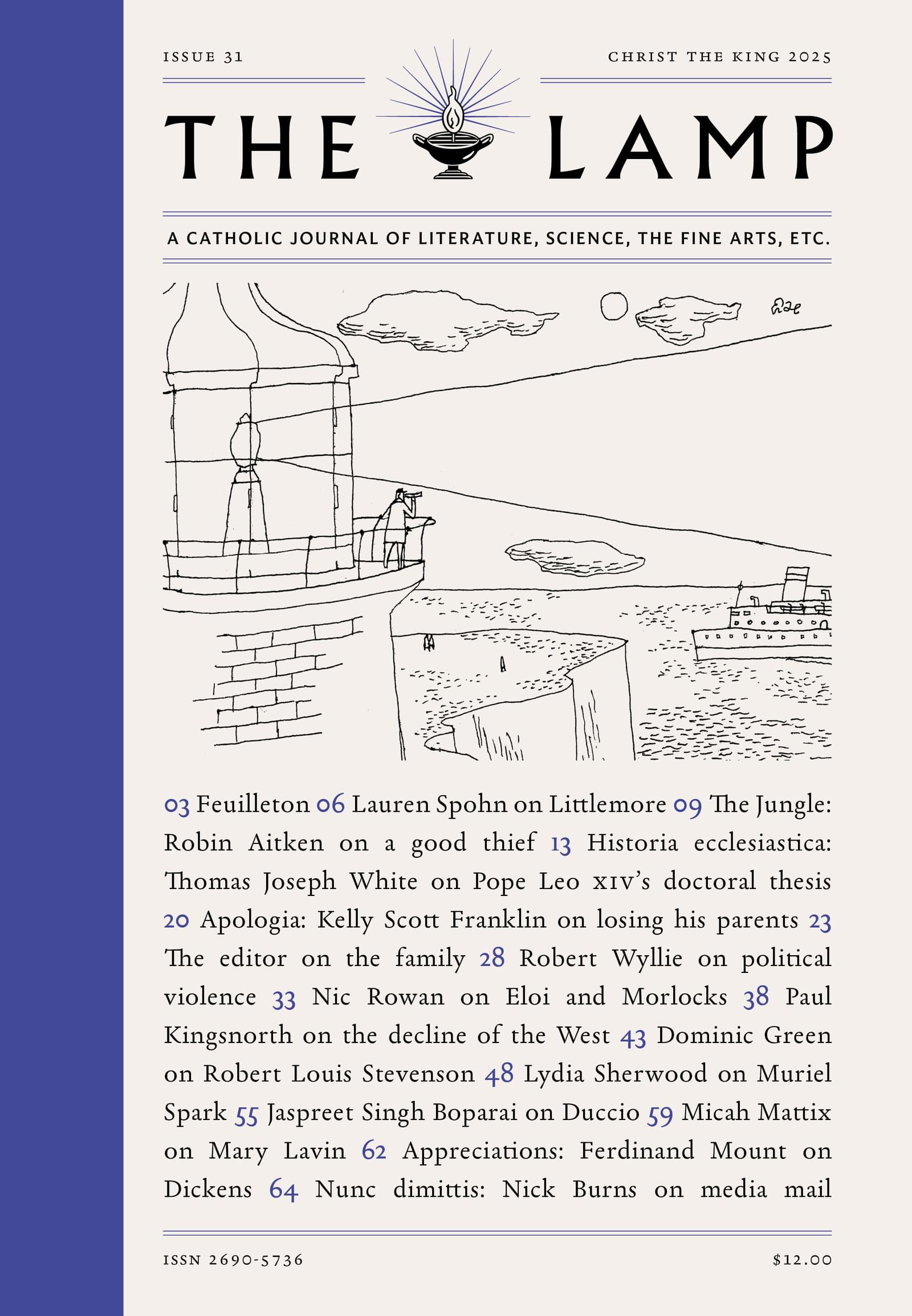Carino Hodder is a Dominican Sister of Saint Joseph based in the New Forest in England.
When I was a novice, I heard a homily given by a priest, a former religious, who suggested that there are three things which every sister and brother remembers from their initial formation: their first day in the convent; their first argument in the convent; and their first Christmas in the convent. It may not be the case for everyone—I must admit a couple of sisters gave a skeptical wrinkling of the nose when I tried out this theory on them afterwards—but there is enough truth in the statement, for me at least, that I have been turning it over and over in my mind as I approach what will be not my first, but my eighth conventual Christmas.
Why is it that convent Christmas tends to imprint itself so forcefully on the memory of the new religious? To start with, simply because of the unrelenting newness of the thing. After all, having to adapt to somebody else’s Christmas is always a mildly disconcerting experience; the vast majority of Christian families have built up complex layers of rites and traditions around Christmas (the liturgical; the para-liturgical; the absolutely non-liturgical, usually involving board games) into which it is very difficult to insert oneself without feeling baffled or back-footed at one point or another.
Just think how much more difficult the process becomes when the Christmas to which you are trying to adapt is not a normal family Christmas at all, but the intense and tightly-scheduled juggernaut of a convent Christmas, a seemingly endless stream of Masses and Offices punctuated with the odd little customs which characterize life in a religious community—and threaten the sanity of any sister who asks herself too many questions about their purpose or provenance.
But if the novice sister can see beyond her dismay at having to grate two bags of carrots for Christmas Eve salad, or her alarm at having to shake fresh pine-needles from the convent tree out of her veil at the end of each day, she finds that there’s an invitation to deeper discernment hidden beneath the surface-level strangeness of convent Christmas. Long before Advent begins, the novice sister has learned that religious life is a life that will require her to give totally of herself. But too often her tendency is to think of that self-giving only in grand, lofty, and somewhat abstract terms. This kind of semi-spiritual navel gazing cannot be sustained for long, and isn’t particularly useful even if it could, and so the first Christmas plays a useful—if devastating—role in bringing her back down to earth.
Thus the novice sister discovers that although she feels remarkably serene about the idea of a lifetime of poverty and celibate chastity, she becomes rather wobbly and teary-eyed on realizing that the sister assigned to the kitchen doesn’t make mince pies like her mother, that she can’t phone her relatives at the usual time on Christmas Day because another sister asked permission first, and that her Novice Mistress is not going to let her spend the afternoon in her pajamas watching Netflix.
But there is another, yet more important reason why the first convent Christmas proves so memorable. The liturgy of the Nativity of the Lord might be the first time when the novice sister truly sees the utter, transformative power of bringing one’s entire self to the prayer of the Church. After the long ache of Advent and the grand drama of the O Antiphons, at the night-time coming of the child in Whom all things are made new, the novice sister is asked to speak and sing and process and bow her way through a public work that pulls out of her the deepest and most private movements of her heart: her own longing for God, her own waiting in hope, her own wish to be made new in His grace.
These desires have been breaking and remolding her interior life ever since she first arrived in the convent, through all those days and weeks and months of trying to adapt to this new and baffling and often arduous way of life; but now all this jumble of thoughts and feelings and prayers has been gathered up and set ablaze in the Christmas liturgy, through which God enters into the mess and frailty of human life—her human life—in its totality.
I’ll risk the disagreement of my sisters and say what I think: the homilist I heard as a novice was quite right. For many reasons, all of them ultimately good, the first convent Christmas is the kind of experience that is almost impossible to forget. So spare a prayer for new religious this Christmas: for their heartache and their homesickness; for their attempts to wrap their heads around their convent’s festive customs, however strange they might be; and for the possibility that in the prayers of the liturgy they will hear, in a new way, the voice of God.




